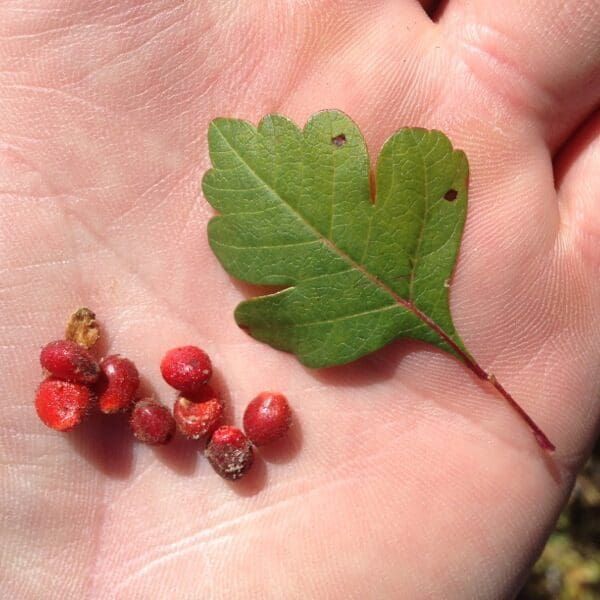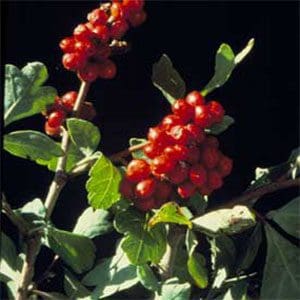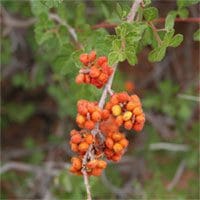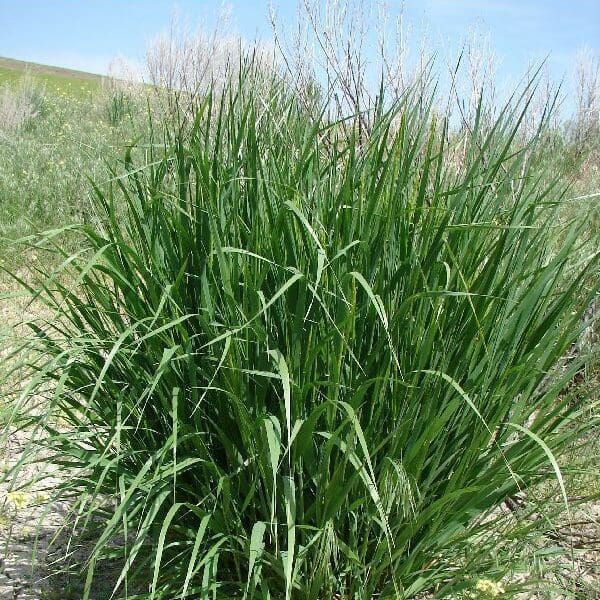Skunkbush Sumac
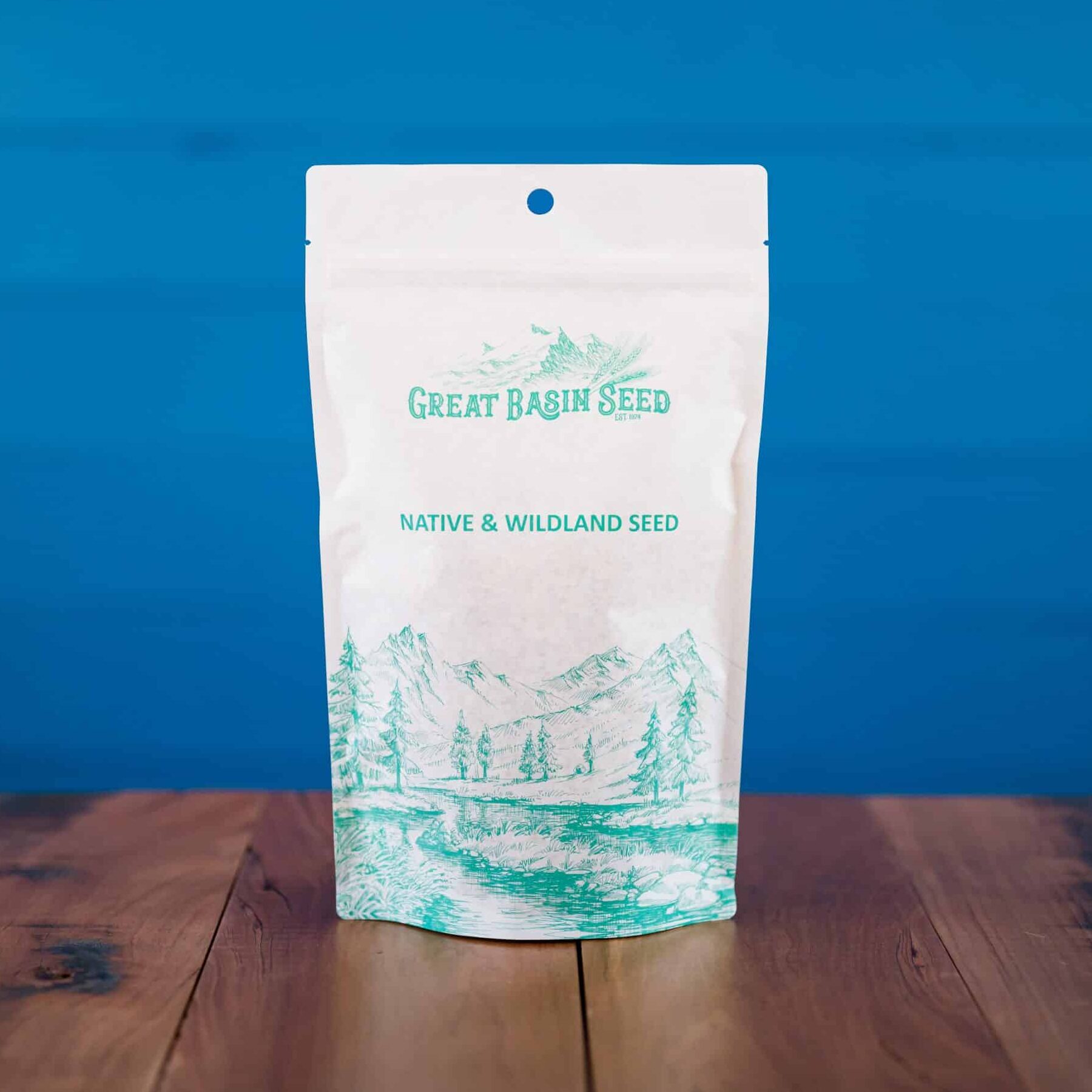 $6.85 – $54.75
$6.85 – $54.75 - Scientific name: Rhus trilobata
- Fruit ripens from August to October
- Leaves turn a bright red or orange in the fall
- Intolerant of flooding and high water tables
- Grows well on depleted soils
- Common along seasons creek beds
- Drought resistant
Skunkbush Sumac (Rhus trilobata) is also known as Three-Leaf Sumac, Skunkbrush, Oakbush Sumac or Squawbush. It grows 2 to 8 feet in height. The fruit is a small red berry containing a single seed. Generally ripens from August to October and the fruit will remain on the stem throughout the winter. The fruit is highly acidic. The leaves turn a bright red or orange in the fall.
Skunkbush occurs in a variety of habitats including dry rocky slopes, along streams and canyon bottoms, waste places, pastures, roadsides, and on sand dunes, at elevations of 4,500 to 8,000 feet. It is drought resistant; it is intolerant of flooding and high water tables. It typically grows where maximum annual precipitation ranges from 10 to 20 inches. Skunkbrush grows well in sun or partial shade. It is tolerant of a wide range of soils from nearly bare rock to sand and heavy clay. It grows well on medium to coarsely textured, moist to dry, acidic to slightly alkaline soils. Growth is optimal in fairly deep soil. Skunkbrush grows well on depleted soils.
Skunkbush’s forage value is poor for all classes of livestock. Skunkbush provides some browse for deer, elk, and pronghorn when other more preferred forage is unavailable. In most locations, big game use tends to be heaviest during the winter when food supplies are most limited. Because the fruit persists through the fall and winter, this species can provide a ready food source for birds and small mammals when other foods are scarce or unavailable.
Native Americans used the fruits in foods and medicines, and in a lemonade-like beverage. Stems were woven into baskets. The Comanches smoked the leaves. Skunkbrush was also used in making dyes for clothing. Pioneers ate salted berries like and used exudes from the stem as a chewing gum.
Synonyms: Squawbush, Skunkbush, Sticky Sumac
Skunkbush Sumac NRCS Plant Guide
Skunkbush Sumac NRCS Plant Guide
PDF version of NRCS Plant Guide & Fact Sheet
Prepared By: Guy Nesom BONAP, North Carolina Botanical Garden, University of North Carolina, Chapel Hill, North Carolina
Species Coordinator: Lincoln Moore USDA, NRCS, National Plant Data Center, Baton Rouge, Louisiana
Helpful Links
Additional information about this product can be found on the academic websites linked below.
Synonyms
Many plants have more than one common and scientific name. We've listed a few of them below.
- Skunkbush Sumac
- Rhus trilobata
- Three-Leaf Sumac
- Sourberry
- Squawbush
Who is Great Basin Seed?
Great Basin Seed is a seed company that specializes in seed sales and consultation for home, ranch, farm, range and reclamation. We have been a leader in the seed industry since 1974.
Our History
We've been in the seed business since 1974.
What We Offer
We offer seed for home, farm, ranch, range and reclamation projects.
Meet the Gang
We have the best employees in the world! We are proud of the work they do, and trust them to serve you!
Right: Company founder Lloyd and his wife Paula Stevens in a wildflower seed production field circa 1977
Quick Plant Facts
| Common Name: | Skunkbush, Skunkbush Sumac, Squawbush |
|---|---|
| Scientific Name: | |
| Lifespan: | |
| Origin: | |
| Plant Type: | |
| pH Tolerance: | |
| Seed Count | 49000 |
| Growth Height: | |
| Minimum Precipitation | 8 Inches |
| Growth Season: | |
| Sun & Shade Tolerance: | Full sun, Partial shade |
| Elevation of Occurance: | |
| Hardiness Zones: | |
| Select a Package Size and Quantity | 1 oz. Envelope, 4 oz. Pouch (0.25 lbs.), 8 oz. Pouch (0.50 lbs.), 1 lb. (by the pound) |
